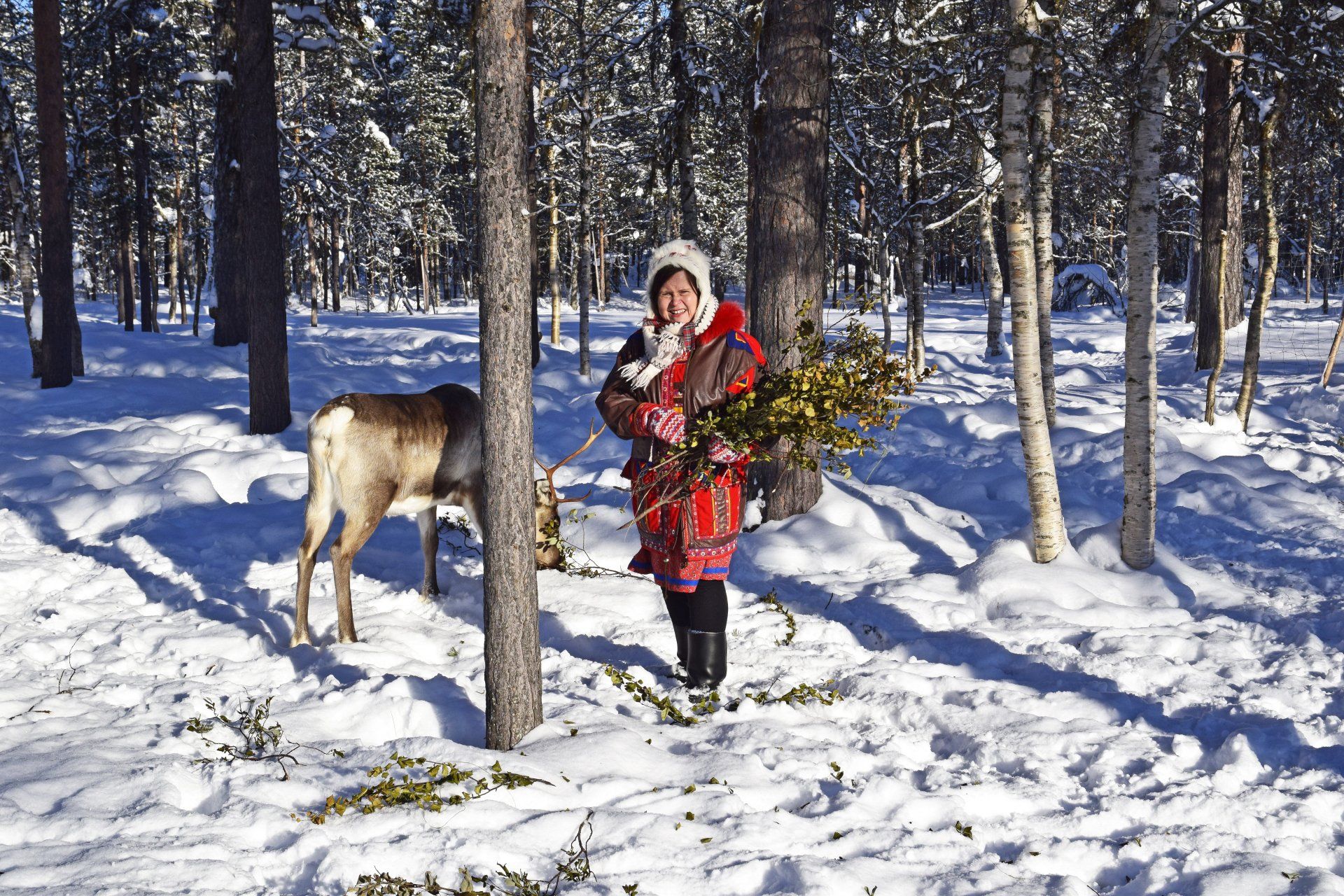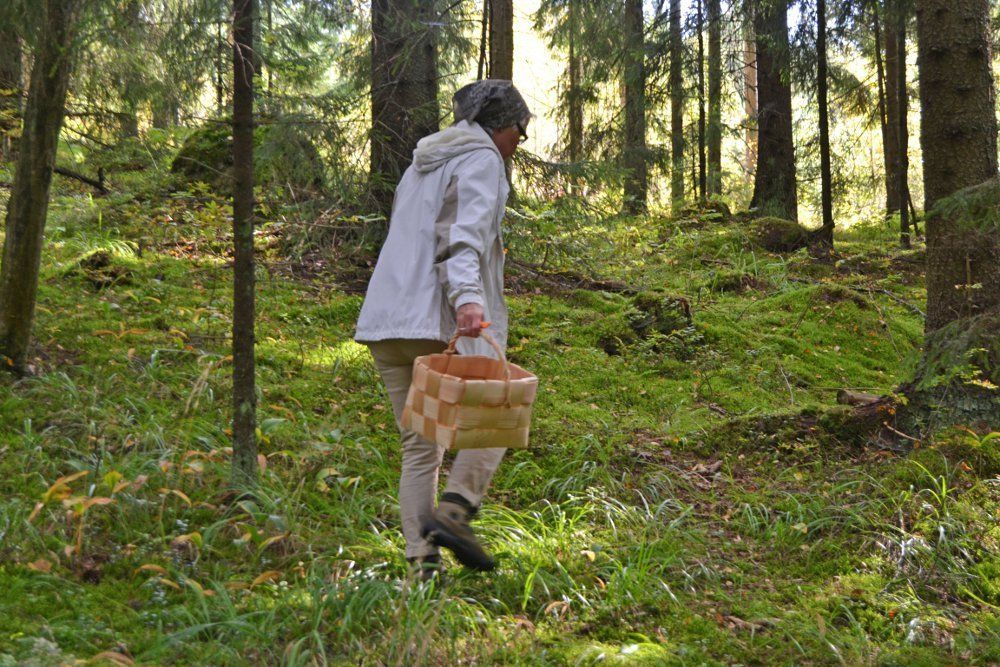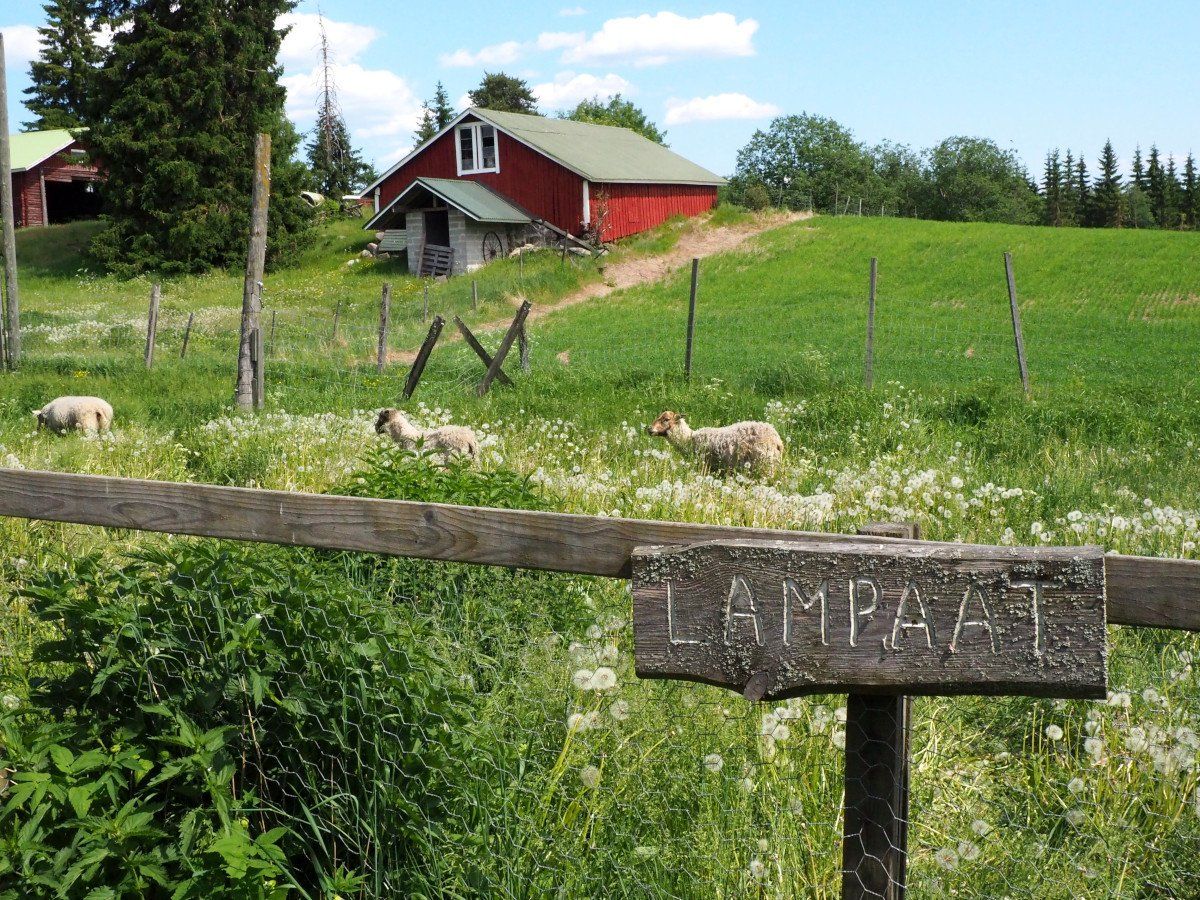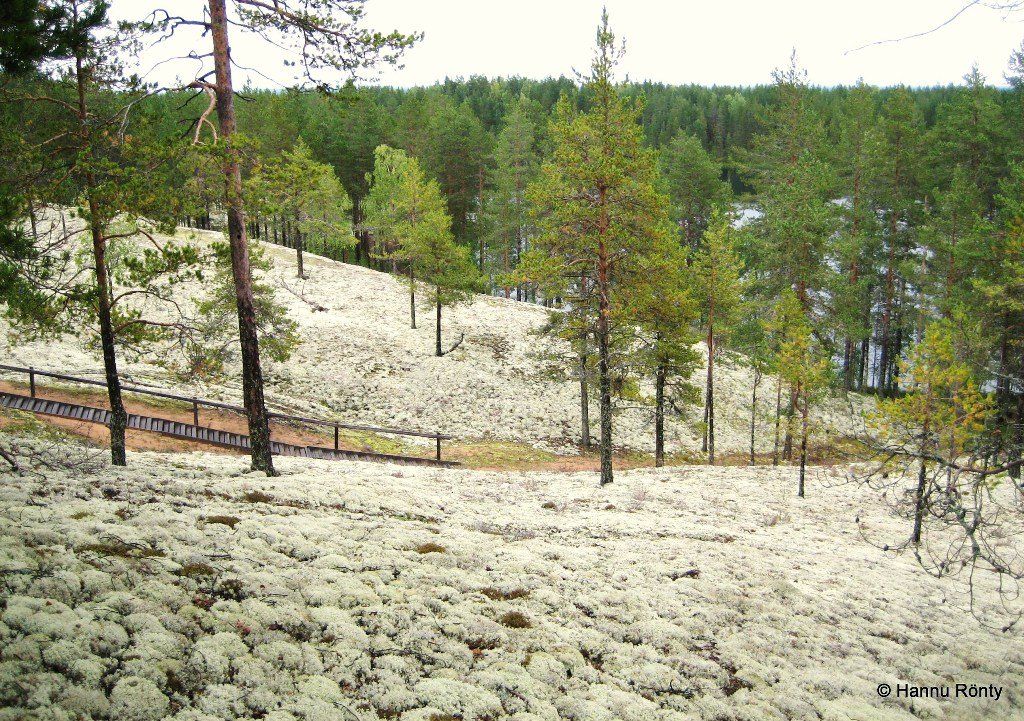Blog Layout
Sustainability in winter activities
Eero Kiukas • 17 September 2020
Ecological activities in Finland
The usual summertime activities like paddling, hiking and cycling are basically free of carbon emissions. This makes it easier to plan more ecological tours all around Finland. In winter things are a bit different.
The most popular winter destinations in Finland are located near or in Lapland. In Lapland snow and ice dominate the landscape creating unique settings but also challenges for outdoor activities. Moving on ice and snow is not easy and many times it is helped with machinery or animals that are used to the arctic conditions.
Machines however, create emissions that are not created while moving with our own body. The same goes with animals like the huskies and reindeer. But how can you calculate the amount of carbon emissions created in such activities or is it even possible?

Reindeer farm visit is one of the most popular activities in Lapland.
Calculation of carbon emissions in winter activities
As we started to calculate the carbon footprints for our winter tours in order to acknowledge the sources of emissions and to better our sustainable travel planning, we ran into the problem of winter activities.
Skiing, ice fishing and snowshoeing needed no attention as they can be compared those summer activities with close to zero carbon emissions. The problem wasn't even snowmobiling as it can be calculated quite well knowing the distance covered in a safari, especially now with e-sleds (electronic snowmobiles) becoming more and more popular.
The problem was not being able to calculate the emissions of activities with animals, such as a husky or a reindeer safari. This was something we really wanted to do in order to have as truthful carbon footprint in our winter tours as possible. With our little knowledge of the animals and their caring it was not an easy task.
However, we managed to find information of the average weight of a husky as well as a reindeer. Then we continued to calculate the amount of food given to the animals per day and discovering the type of food that is used to feed them. After which we calculated the amount of carbon emissions of the food per day. Until here everything is just math.
The next part was difficult. Estimating the energy consumption of a husky and a reindeer on a safari. As you can understand this is something that should be researched more in order to obtain an accurate value. Anyway, we made an estimate value and this way we were ultimately able to calculate carbon emission values for both animal safaris.
We do want to highlight that the carbon footprints of our tours are not totally exact or accurate values of carbon emissions created on the tour and it is not their primary purpose. They are designed to give us and our customers an idea of where and how the carbon emissions are created and mostly to guide us to a more ecological travel planning as well as travelling.












